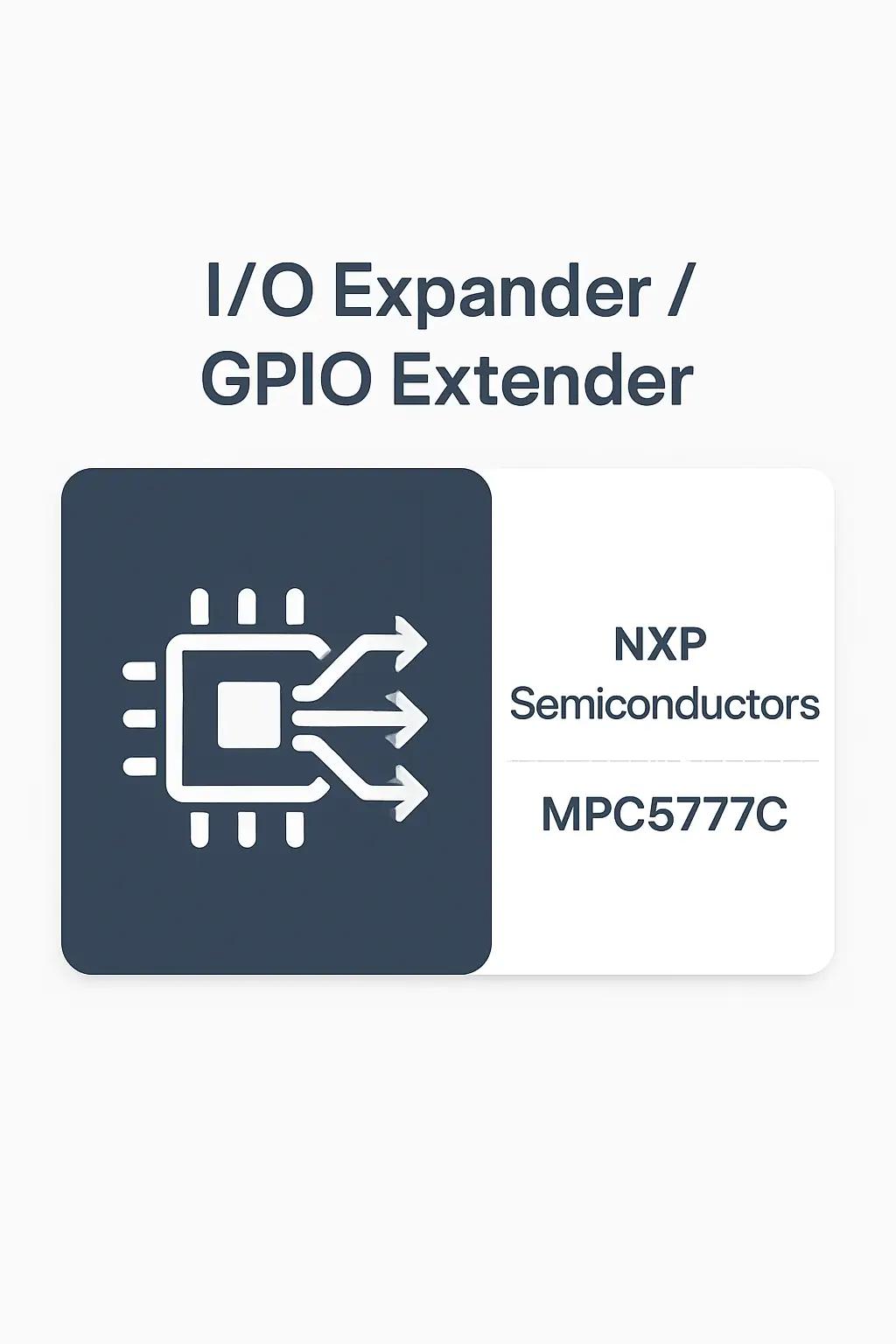I/O Expander / GPIO Extender
The I/O Expander / GPIO Extender is a crucial component in automotive electronics, particularly within the Powertrain & ICE Management system. It serves as an interface between the Engine Control Unit (ECU) and various peripheral devices, expanding the number of input/output (I/O) pins available for sensor and actuator connections. This device enables efficient signal management, allowing the ECU to communicate with multiple components without requiring additional hardware.
Designed for reliability and performance, the I/O Expander supports high-speed data transfer and operates under harsh environmental conditions typical in automotive applications. It is commonly used in engine control systems to manage signals from sensors such as throttle position, intake air temperature, and exhaust gas sensors, as well as to control actuators like fuel injectors and ignition coils.
This component plays a vital role in optimizing engine performance, improving fuel efficiency, and reducing emissions. Its integration into the ECU architecture enhances system scalability, making it suitable for both traditional internal combustion engines and advanced hybrid powertrains. The I/O Expander is widely applied in modern vehicles, supporting functions such as real-time monitoring, diagnostics, and adaptive control strategies. Its robust design and compatibility with industry-standard protocols make it an essential element in the development of next-generation automotive electronic systems.
Details
I/O Expander / GPIO Extender

Related Parts
| Series Name | Description | Manufacturer Name | Attribute Description |
|---|---|---|---|
| NXP Semiconductors | 32-bit Power Architecture core, 600 MHz, 4 MB flash, 512 KB RAM, 12-channel eTPU, 24-bit eMIOS, 12-bit ADC, supports automotive networking (FlexRay, CAN-FD). |








.png?x-oss-process=image/format,webp/resize,h_32)










